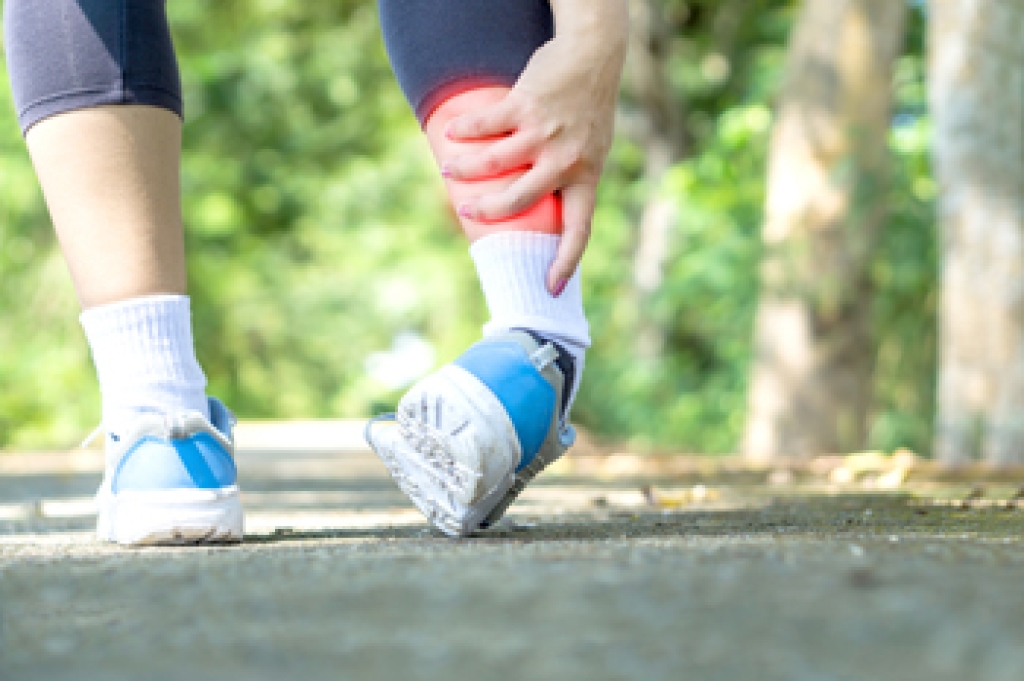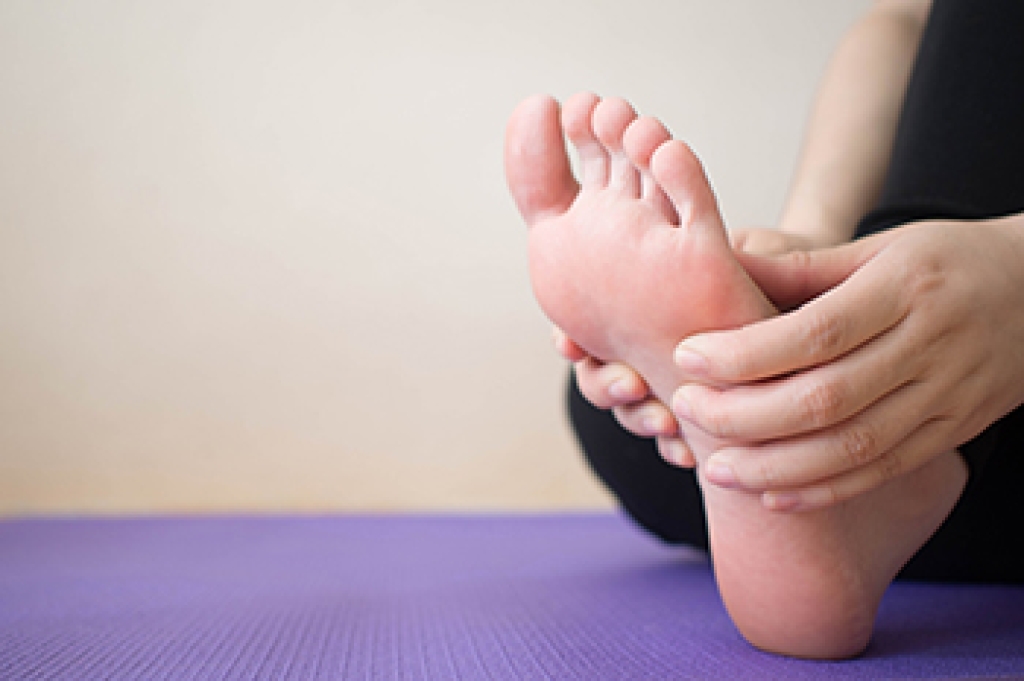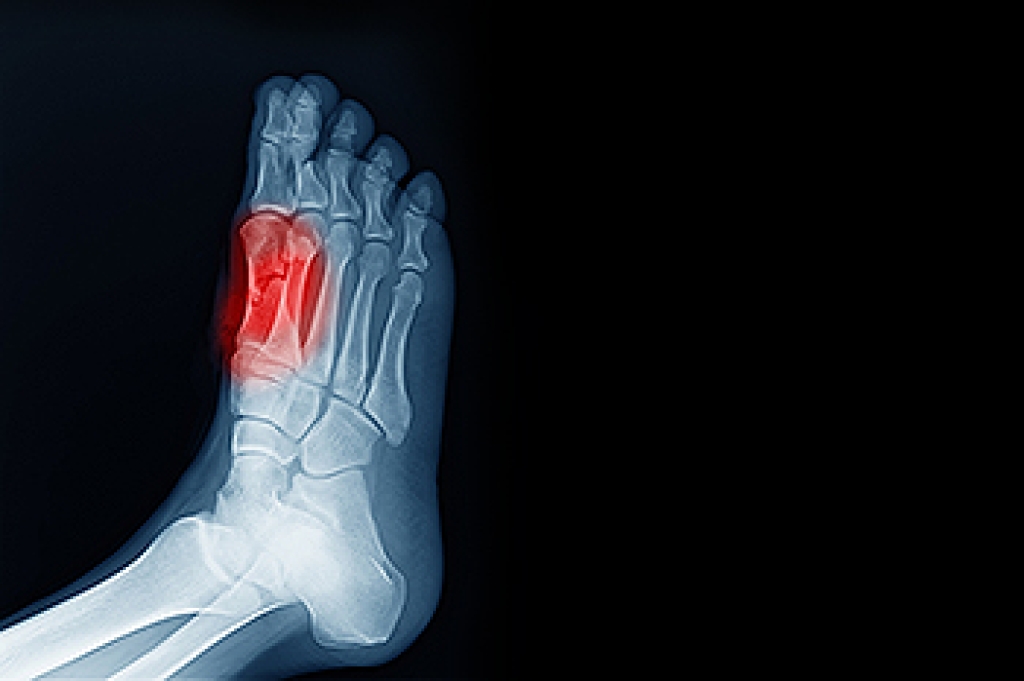
Runners frequently experience foot injuries due to the repetitive nature of running and the stress placed on the feet, even with advanced cushioned running shoes. Four common running-related foot injuries are plantar fasciitis, ankle sprains, metatarsal stress injuries, and Morton’s neuroma. Plantar fasciitis is a condition that involves inflammation of the plantar fascia, causing heel and arch discomfort, particularly in the morning or after prolonged standing. Ankle sprains occur when the foot exceeds its normal range of motion, straining or tearing ligaments. Metatarsal stress injuries often result from excessive pressure on the metatarsal bones, leading to pain during walking, running, or jumping. Morton’s neuroma is characterized by the thickening of nerve-encasing tissue in the ball of the foot. It is linked to high-impact activities and wearing tight-fitting shoes, especially in women. Incorporating stretching and strengthening exercises into the running routine can reduce the risk of incurring these injuries. If you are a runner and have sustained one of these injuries or are experiencing any foot or ankle pain, it is suggested that you make an appointment with a podiatrist who can diagnose the problem and provide you with appropriate treatment.
Ankle and foot injuries are common among athletes and in many sports. They can be caused by several problems and may be potentially serious. If you are feeling pain or think you were injured in a sporting event or when exercising, consult with Brock Liden, DPM from Ohio. Our doctor will assess your condition and provide you with quality foot and ankle treatment.
Common Injuries
The most common injuries that occur in sporting activities include:
- Achilles Tendonitis
- Achilles Tendon Rupture
- Ankle Sprains
- Broken Foot
- Plantar Fasciitis
- Stress Fractures
- Turf Toe
Symptoms
Symptoms vary depending upon the injury and in some cases, there may be no symptoms at all. However, in most cases, some form of symptom is experienced. Pain, aching, burning, bruising, tenderness, tightness or stiffness, sensation loss, difficulty moving, and swelling are the most common symptoms.
Treatment
Just as symptoms vary depending upon the injury, so do treatment options. A common treatment method is known as the RICE method. This method involves rest, applying ice, compression and elevating the afflicted foot or ankle. If the injury appears to be more serious, surgery might be required, such as arthroscopic or reconstructive surgery. Lastly, rehabilitation or therapy might be needed to gain full functionality in the afflicted area. Any discomfort experienced by an athlete must be evaluated by a licensed, reputable medical professional.
If you have any questions please contact our office located in Circleville, OH . We offer the newest diagnostic and treatment technologies for all your foot and ankle needs.



